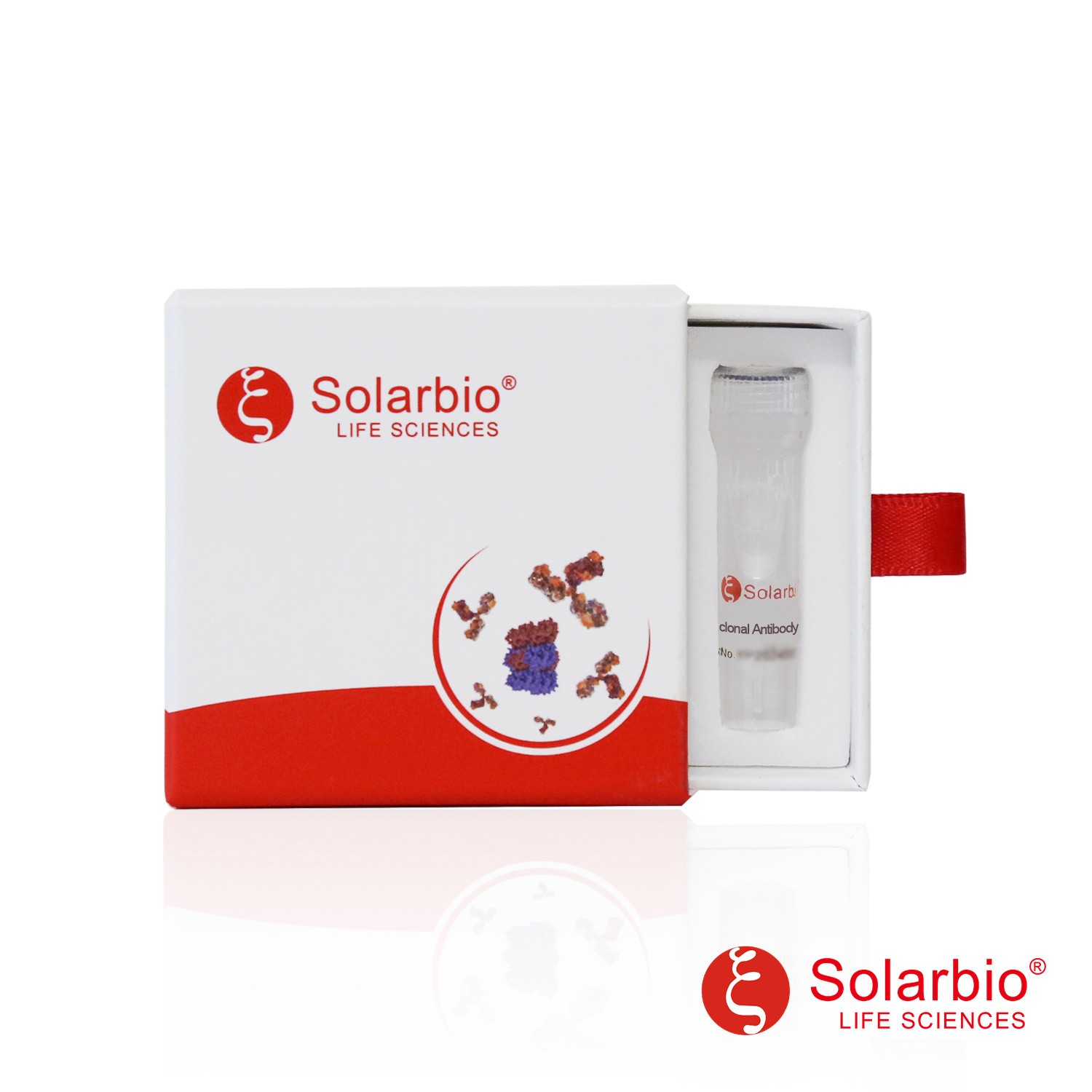| English Name |
Anti-Phospho-ALK-Y1096 Polyclonal Antibody |
| Chinese Name |
间变型淋巴瘤激酶抗体 |
| Host |
Rabbit |
| Clone Type |
Polyclonal Antibody |
| Subtype |
IgG |
| Dilution Ratio |
WB 1:500-2000. |
| Target |
Phospho-ALK-Y1096 |
| Synonyms |
ALK tyrosine kinase receptor, ALK tyrosine kinase receptor precursor, ALK/EML4 fusion gene, included, ALK/NPM1 fusion gene, included, anaplastic lymphoma kinase (Ki-1), Anaplastic lymphoma kinase, Anaplastic lymphoma kinase Ki 1, Anaplastic lymphoma kinase Ki1, Anaplastic lymphoma kinase p80, CD 246, CD246, CD-246, CD246 antigen, EC 2.7.10.1, Ki 1, Ki1, NBLST3, Tcrz, TFG/ALK |
| Background |
This gene encodes a receptor tyrosine kinase, which belongs to the insulin receptor superfamily. This protein comprises an extracellular domain, an hydrophobic stretch corresponding to a single pass transmembrane region, and an intracellular kinase domain. It plays an important role in the development of the brain and exerts its effects on specific neurons in the nervous system. This gene has been found to be rearranged, mutated, or amplified in a series of tumours including anaplastic large cell lymphomas, neuroblastoma, and non-small cell lung cancer. The chromosomal rearrangements are the most common genetic alterations in this gene, which result in creation of multiple fusion genes in tumourigenesis, including ALK (chromosome 2)/EML4 (chromosome 2), ALK/RANBP2 (chromosome 2), ALK/ATIC (chromosome 2), ALK/TFG (chromosome 3), ALK/NPM1 (chromosome 5), ALK/SQSTM1 (chromosome 5), ALK/KIF5B (chromosome 10), ALK/CLTC (chromosome 17), ALK/TPM4 (chromosome 19), and ALK/MSN (chromosome X). |
| Swiss Prot |
Q9UM73 |
| Gene ID |
238 |
| Subcellular Location |
Cell membrane Single-pass type I membrane protein |
| Immunogen |
A phospho specific peptide corresponding to residues surrounding Y1096 of human ALK |
| Calculated MW |
176kDa |
| Purification Method |
Affinity purification |
| Storage Buffer |
PBS with 0.02% sodium azide,50% glycerol,pH7.3. |
| Storage |
Store at -20℃. Avoid freeze/thaw cycles. |
| Piece |
Piece |
| Specification |
50ul 100ul |
| Reactivity |
Human |
| Application |
WB |


 English
English
 中文
中文

 Manual Download
Manual Download


